Filter data
|
ID |
Nickname |
Country / City |
Languages |
Taxonomies |
Comment |
Project / Group |
Map |
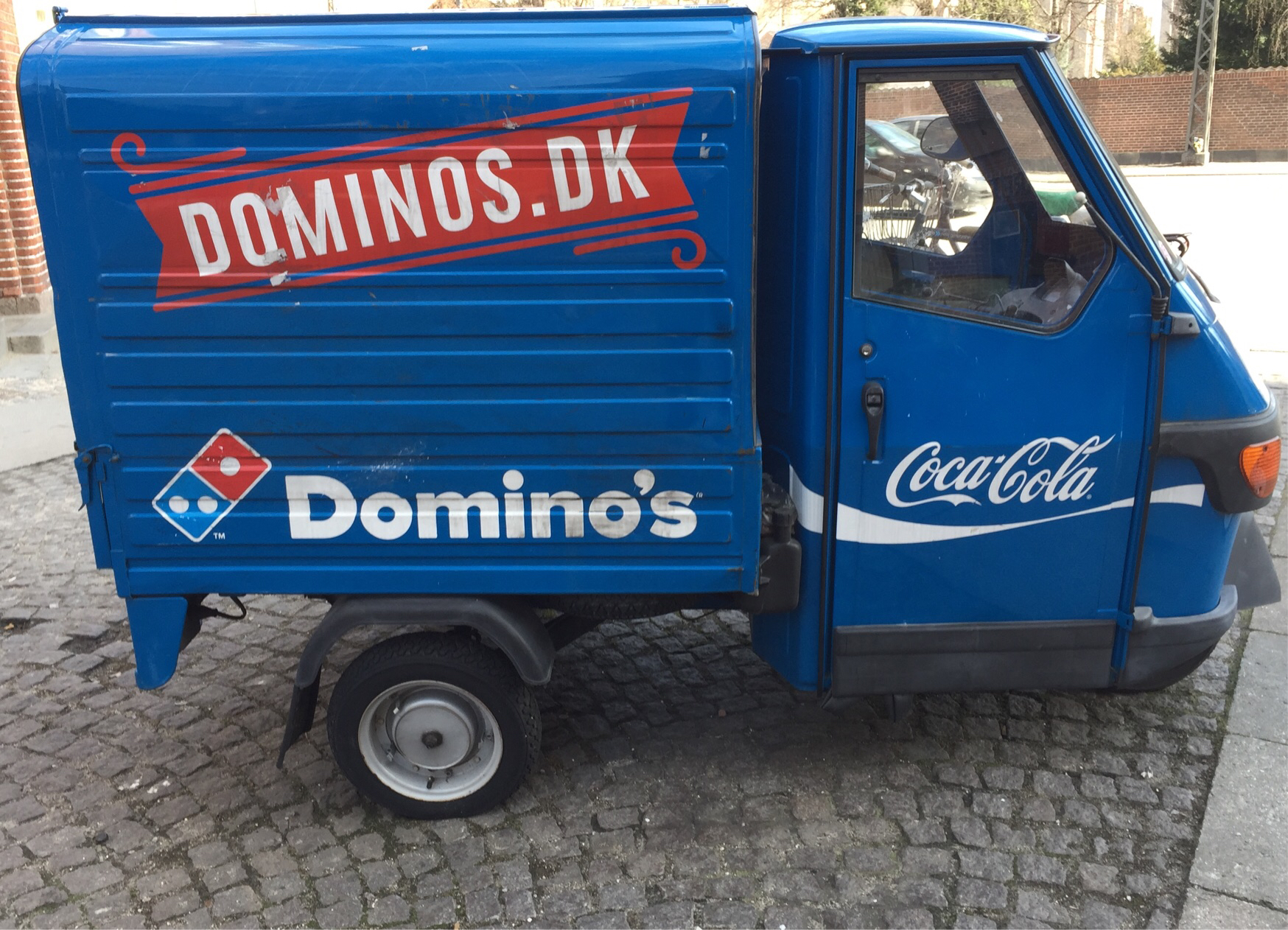
|
4498
|
|
Danmark
København
|
|
|
International (American) trade mark in pizzas, using all semiotic resources (piktogram, colours)
|
CPH Amager
|
|
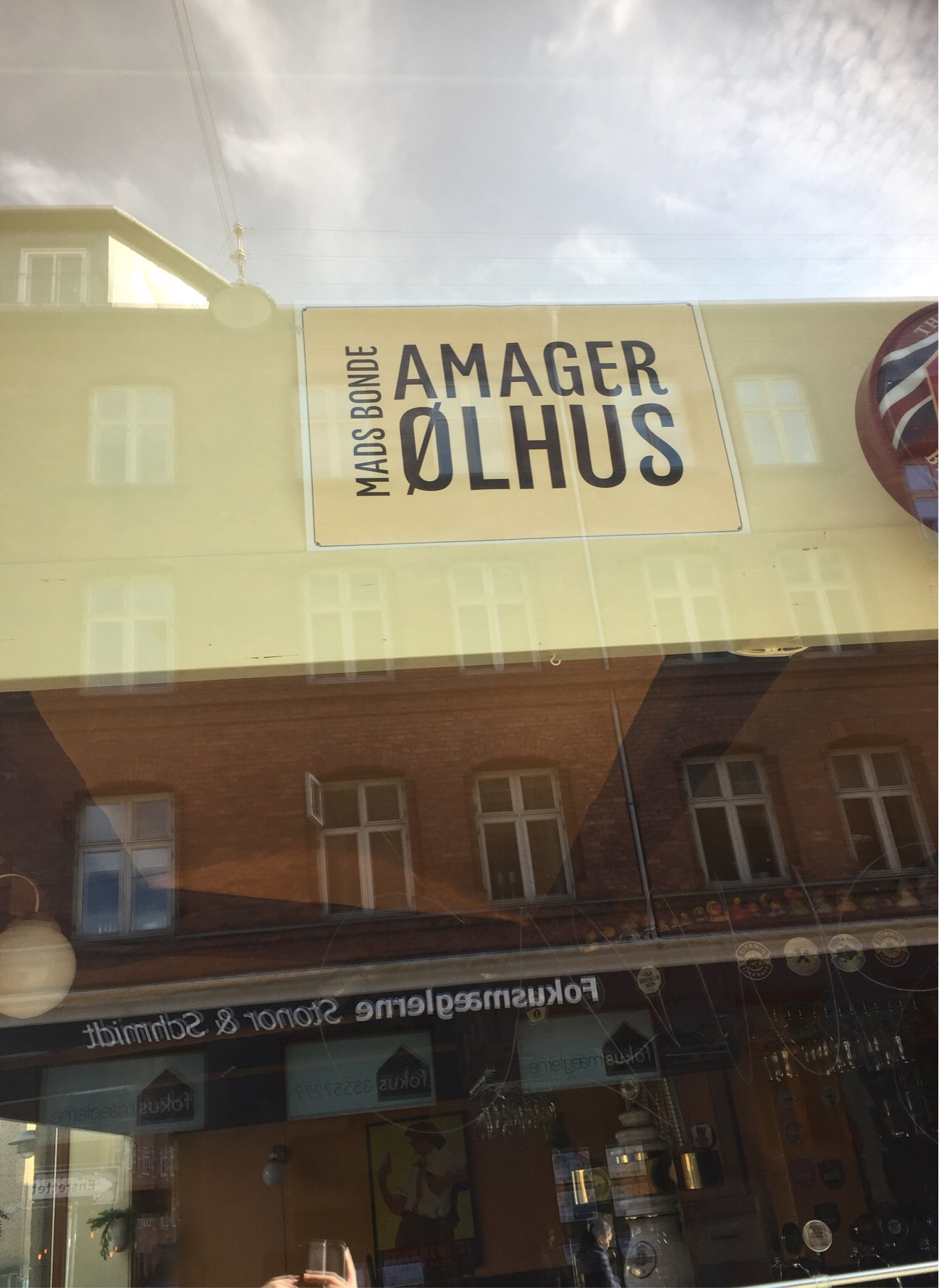
|
4499
|
|
Danmark
København
|
|
|
—
|
CPH Amager
|
|

|
4500
|
|
Danmark
København
|
|
|
—
|
CPH Amager
|
|
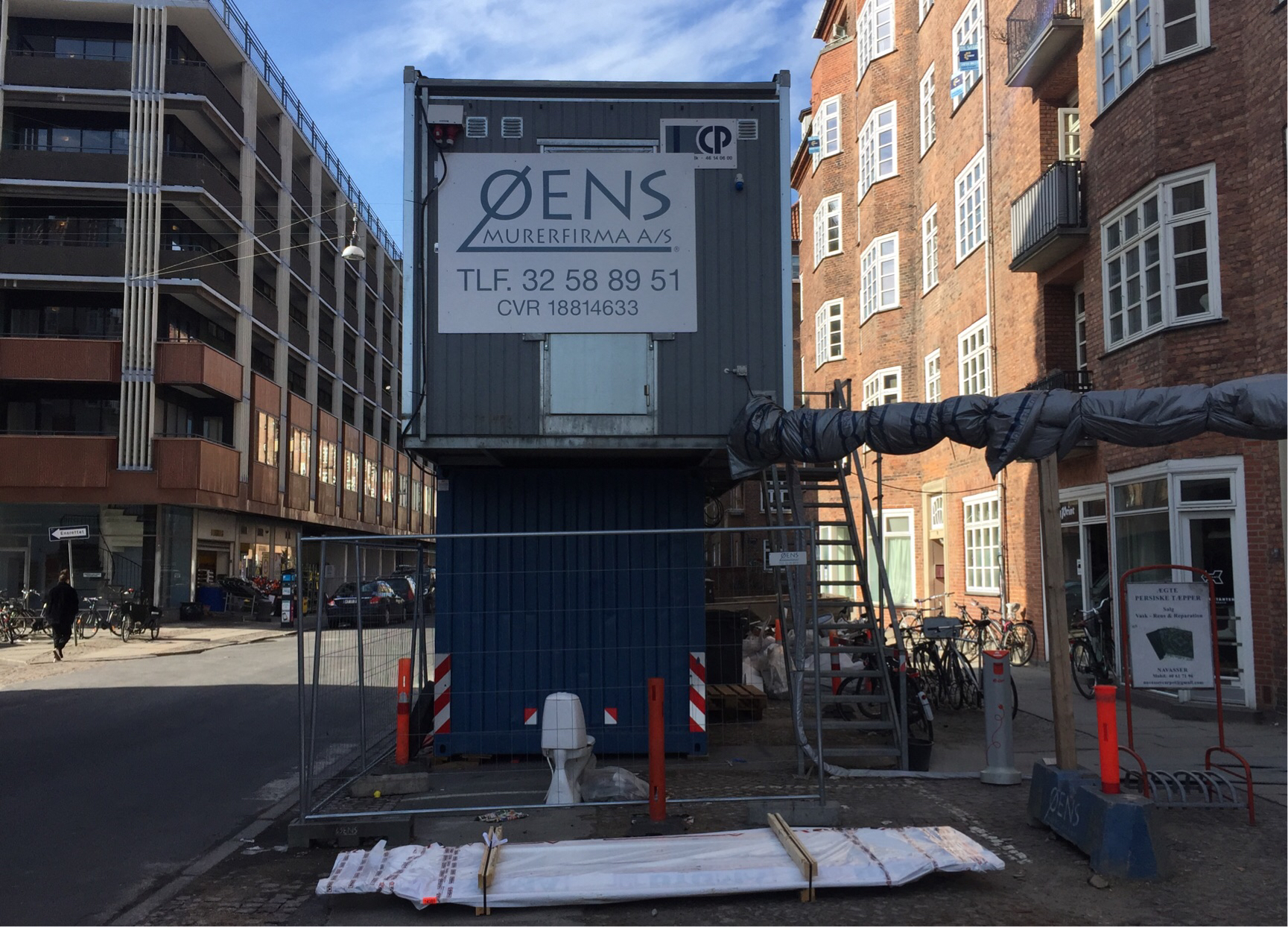
|
4501
|
|
Danmark
København
|
|
|
—
|
CPH Amager
|
|
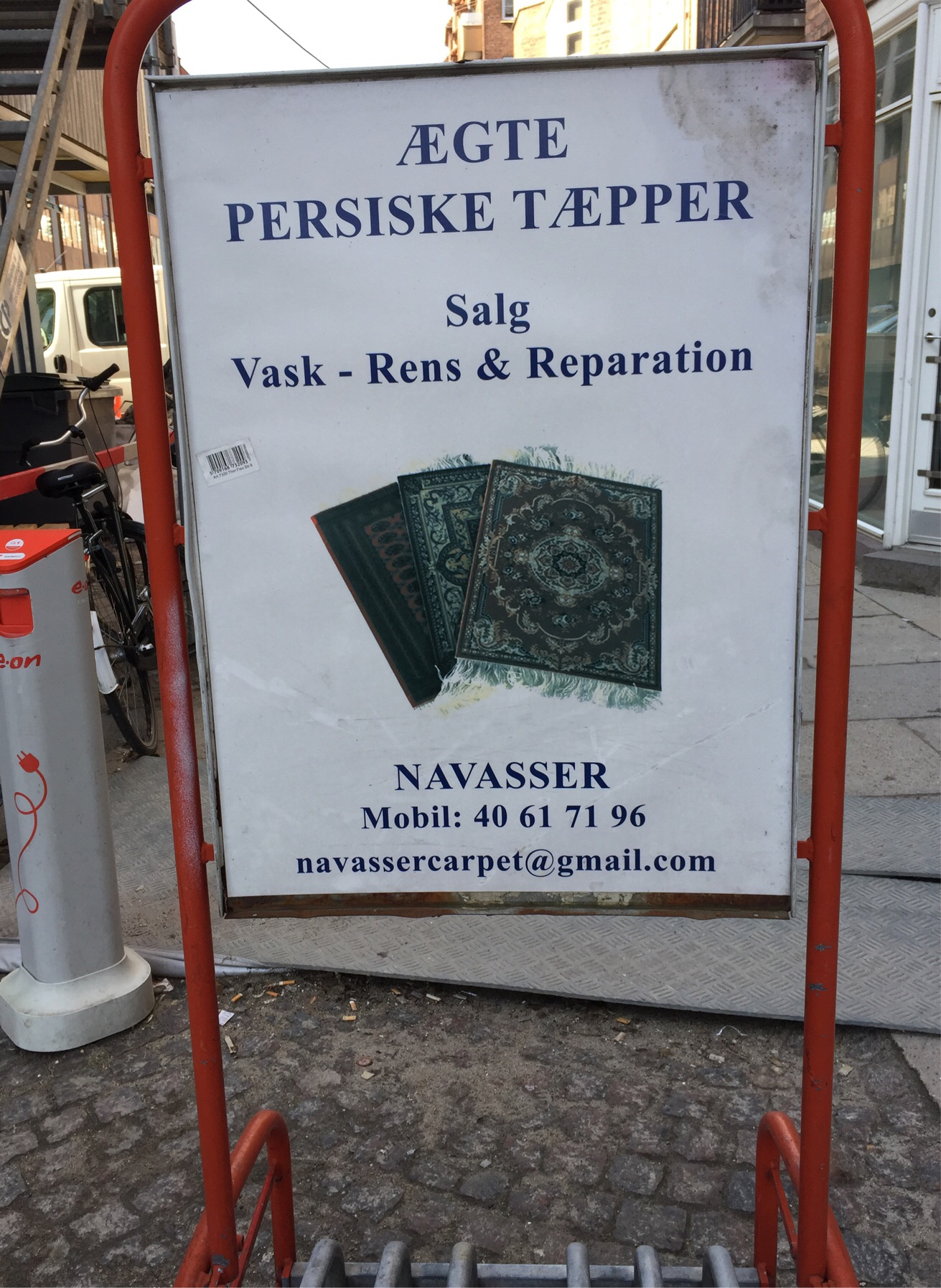
|
4502
|
|
Danmark
København
|
|
|
—
|
CPH Amager
|
|
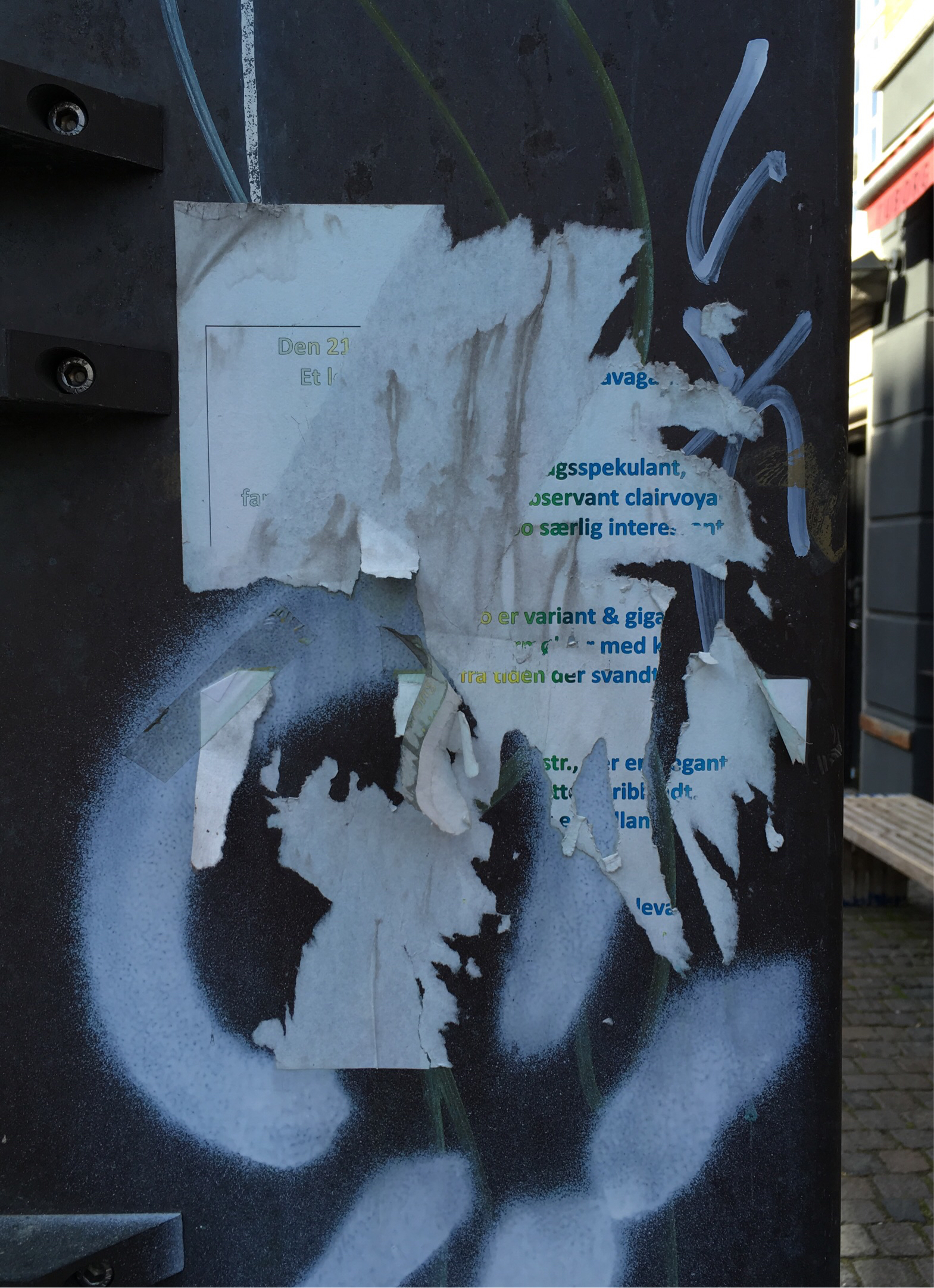
|
4503
|
|
Danmark
København
|
|
|
—
|
CPH Amager
|
|

|
4504
|
|
Danmark
København
|
|
|
—
|
CPH Amager
|
|

|
4505
|
|
Danmark
København
|
|
|
Gastronomese
|
CPH Amager
|
|
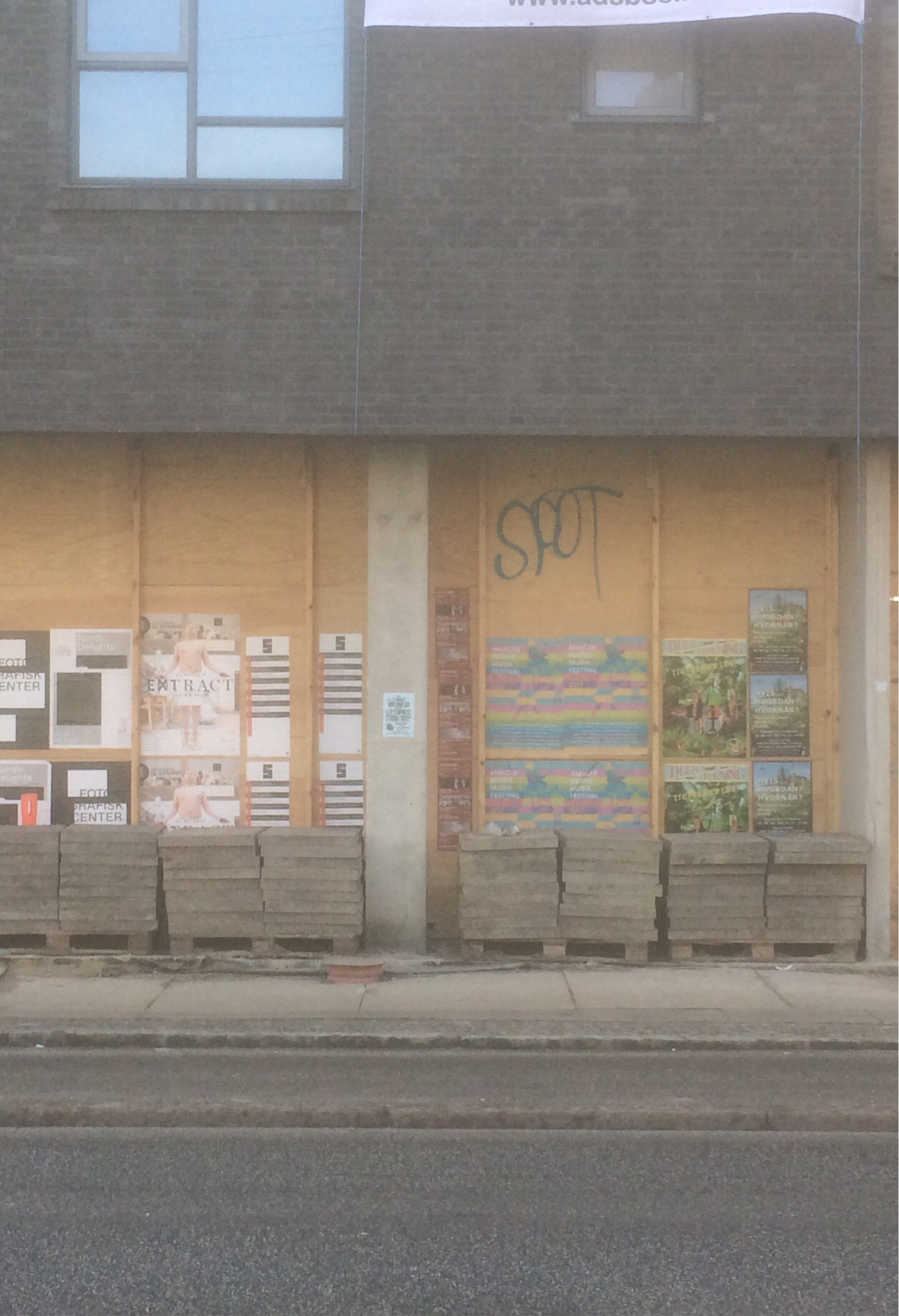
|
4506
|
|
Danmark
København
|
|
|
SPOT
|
CPH Amager
|
|
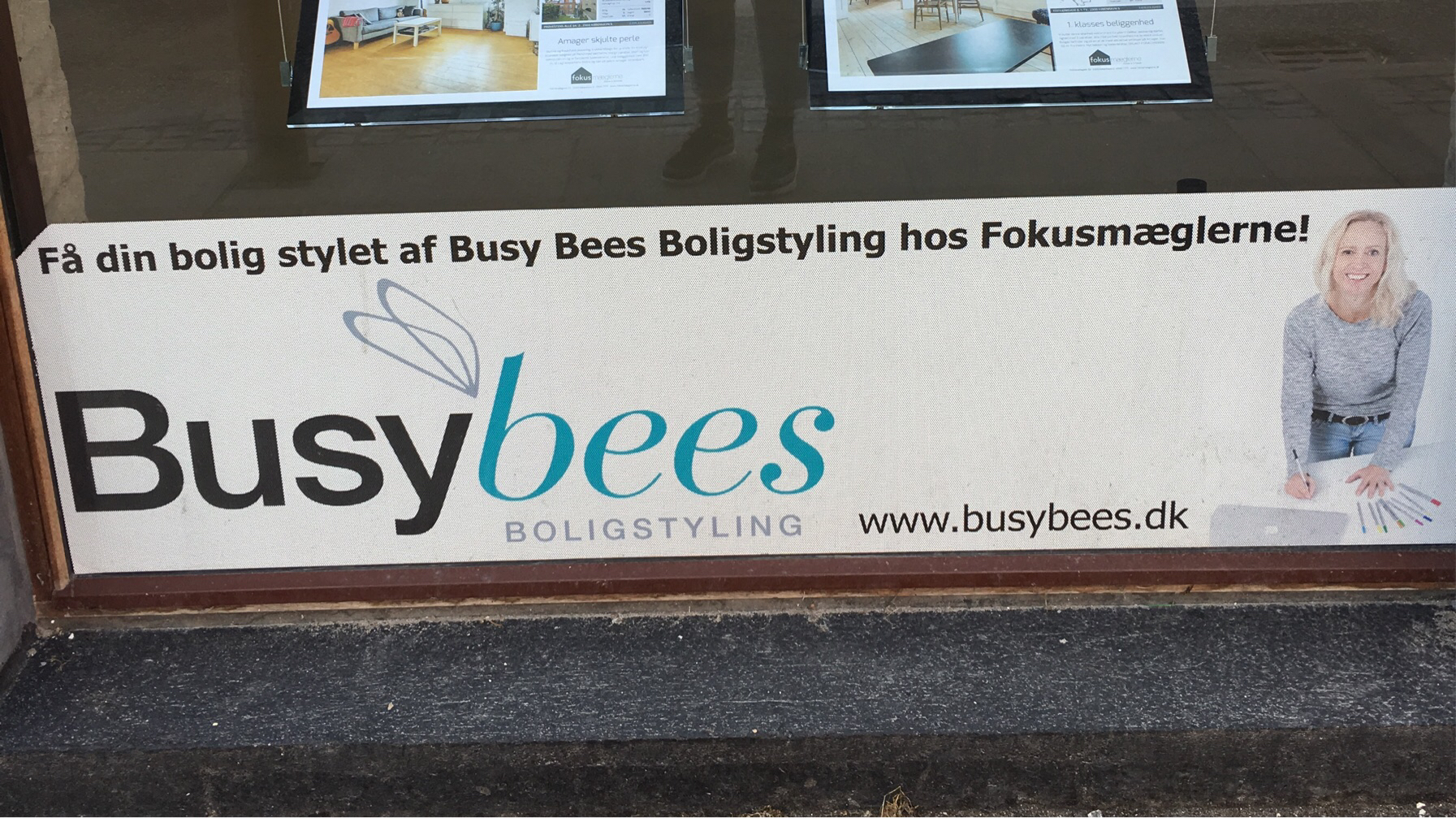
|
4508
|
|
Danmark
København
|
|
|
—
|
CPH Amager
|
|

|
4509
|
|
Danmark
København
|
|
|
—
|
CPH Amager
|
|
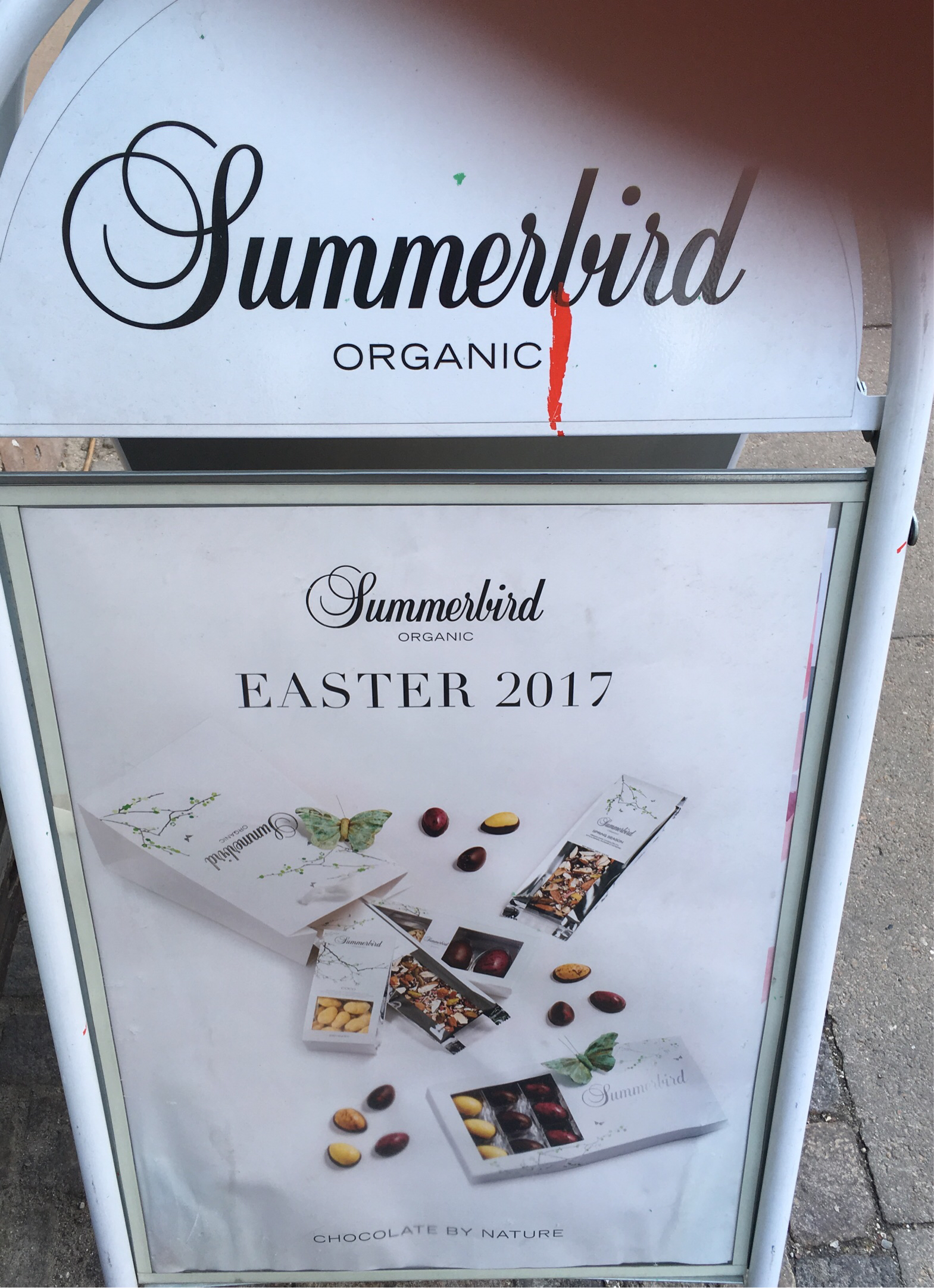
|
4510
|
|
Danmark
København
|
|
|
—
|
CPH Amager
|
|

|
4511
|
|
Danmark
København
|
|
|
—
|
CPH Amager
|
|

|
4512
|
|
Danmark
København
|
|
|
—
|
CPH Amager
|
|

|
4513
|
|
Danmark
København
|
|
|
—
|
CPH Amager
|
|

|
4514
|
|
Danmark
København
|
|
|
—
|
CPH Amager
|
|

|
4515
|
|
Danmark
København
|
|
|
—
|
CPH Amager
|
|
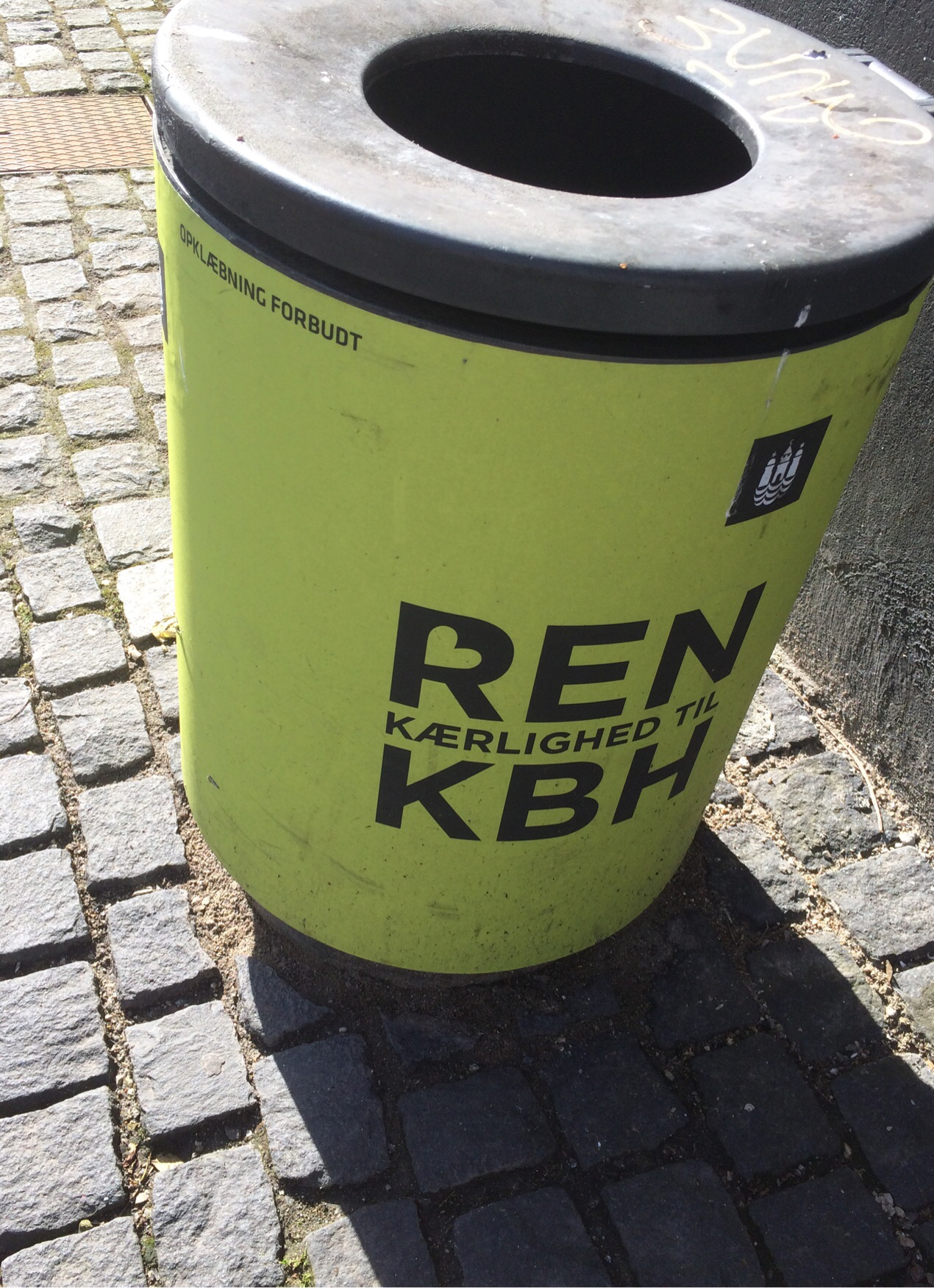
|
4516
|
|
Danmark
København
|
|
|
—
|
CPH Amager
|
|

|
4517
|
|
Danmark
København
|
|
|
The names of and technical language about these wines is French and Spanish but some of them are from South Africa
|
CPH Amager
|
|
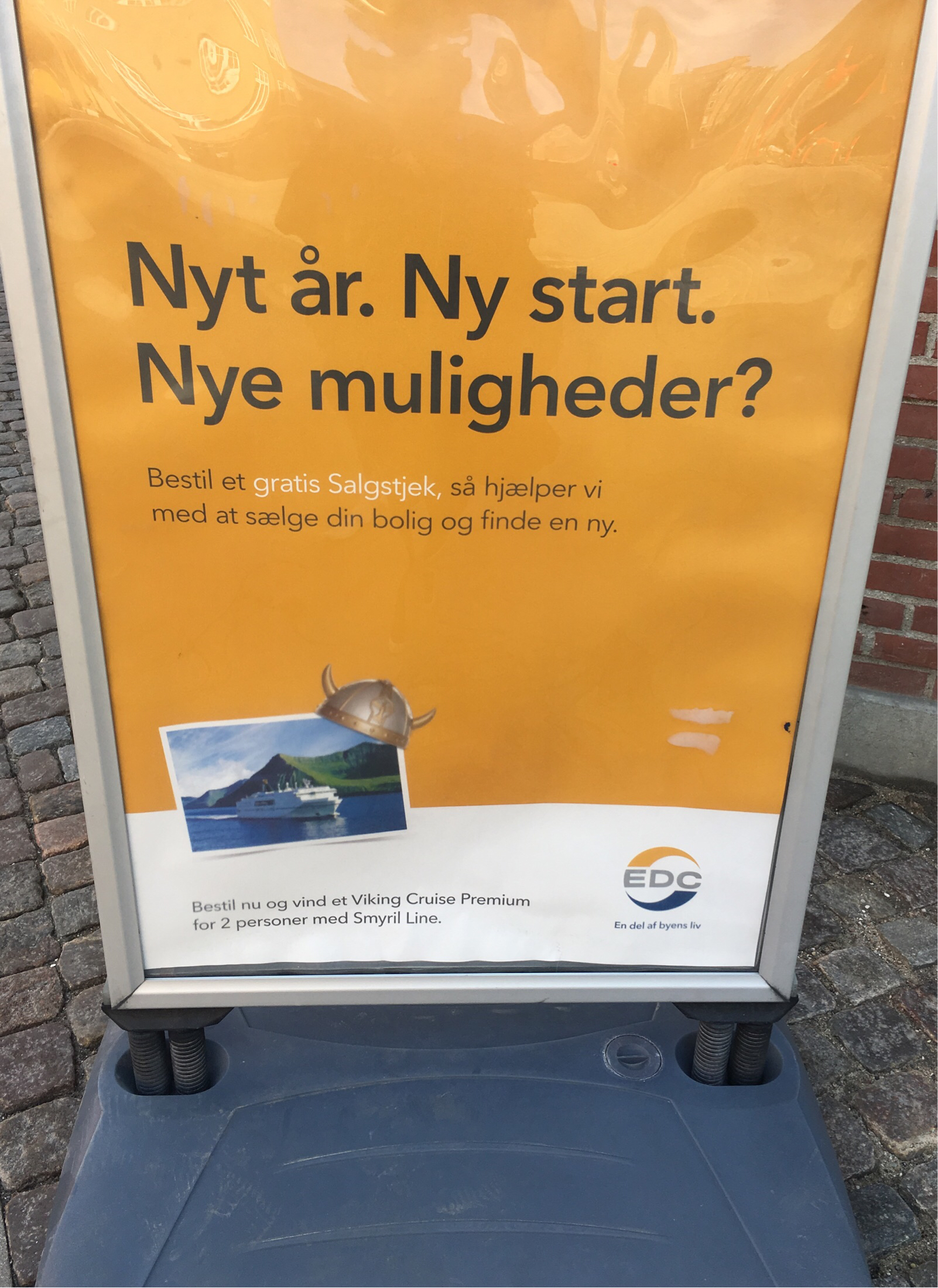
|
4518
|
|
Danmark
København
|
|
|
—
|
CPH Amager
|
|